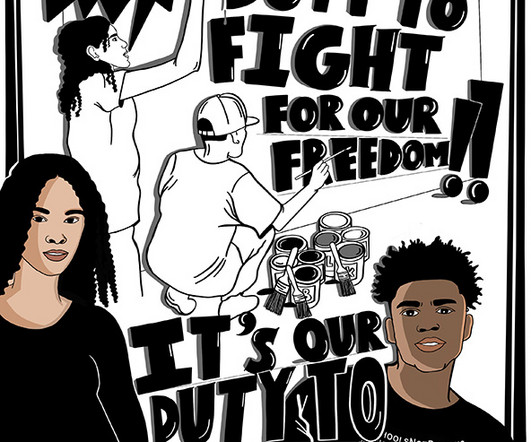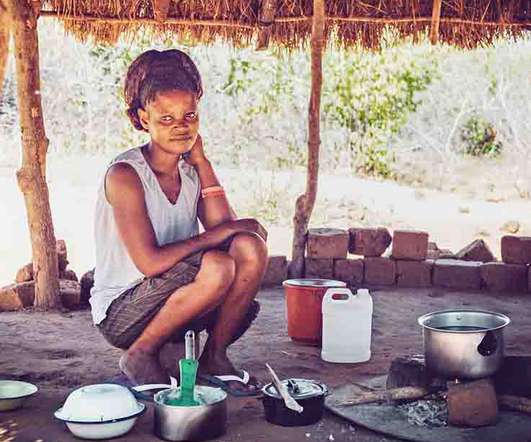Movements Are Leading the Way: Reenvisioning and Redesigning Laws and Governance for a Just Energy Utility Transition
NonProfit Quarterly
JANUARY 18, 2024
Everyone has the energy they need to survive and thrive. Our homes can withstand the bitter cold and extreme heat, and no one gets sick or dies prematurely for lack of affordable energy. Reshaping the Way We Live in the Midst of Climate Crisis.”












Let's personalize your content